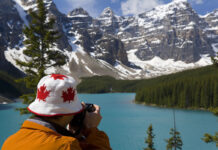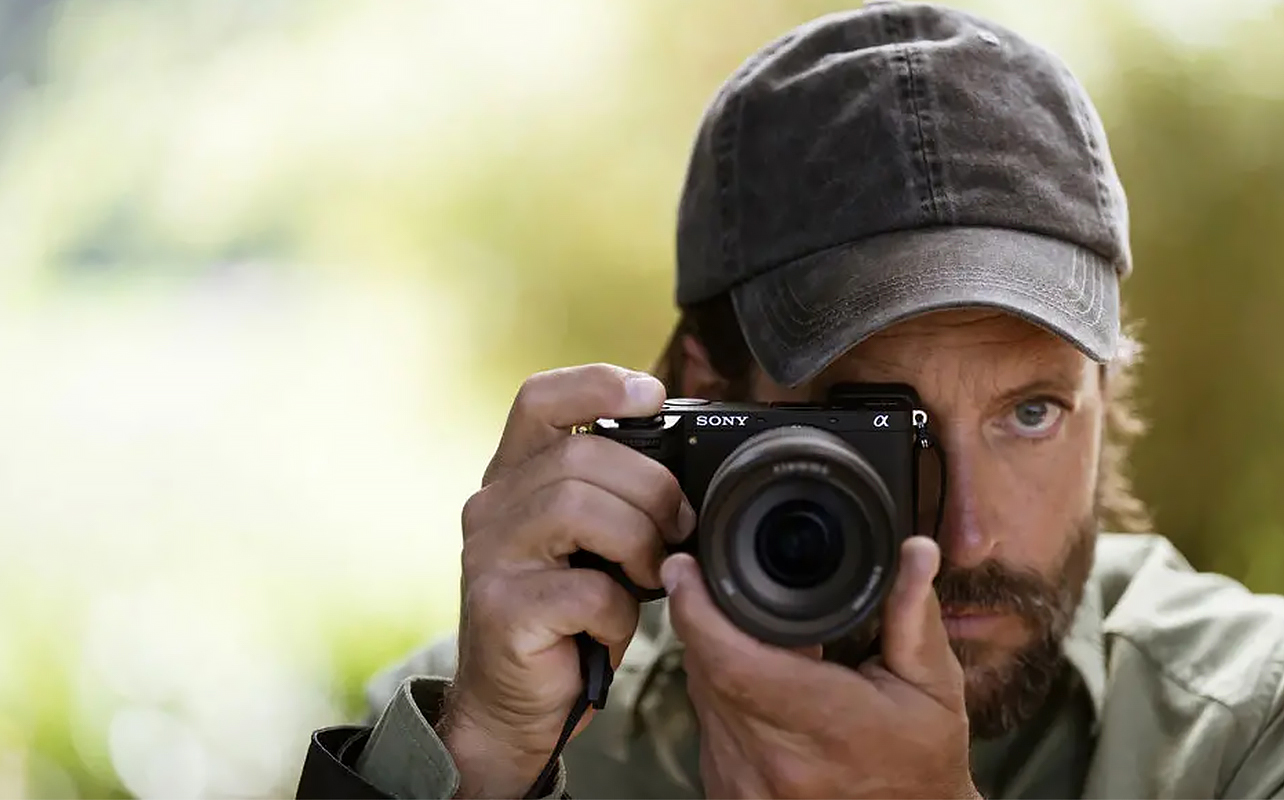
Full frame vs APS-C? It’s a question that comes up a lot when shopping for a new camera. Maybe you’re upgrading from a smartphone or stepping up from your first DSLR. Either way, getting to know your camera’s sensor is key to unlocking better photos. After all, the sensor is the digital heart of your camera—it affects how your photos look, how your camera handles, and even how much you spend.
So, what exactly is the deal with APS-C vs full frame sensors? What makes them different for photographers and videographers? And how do you know which one is the right fit for your style and budget? In this post, we’ll break it all down in clear, simple terms. We’ll walk you through what these sensors are, how they compare, and when it makes sense to go full frame—or not. By the end, you’ll be armed with the info you need to make an informed camera choice.
What is a full frame sensor?
A full frame sensor is roughly the size of a 35mm film frame—about 36mm x 24mm. That’s where the name comes from: it “fully” matches the classic film size that’s been the standard since the early days of photography. Many DSLRs have full frame sensors, whereas mirrorless cameras can go either way. High-end models from brands like Canon, Nikon, and Sony usually come with a full frame sensor, and that includes mirrorless models, too. Because it’s larger, a full frame sensor can capture more light and more detail, which leads to better image quality, especially in tricky lighting situations.
But full frame doesn’t just mean better—it also means bigger, heavier, and more expensive. We’ll get into that shortly.
What is an APS-C sensor?
APS-C sensors are smaller than full frame, usually around 22mm x 15mm, though with slight size variations depending on the brand. APS-C stands for Advanced Photo System type-C, and it’s a holdover from a film format in the 1990s. These sensors are often called “cropped sensors” because they capture a smaller portion of the image compared to full frame. Generally, if you use any lens on an APS-C camera, your photo will look zoomed in—this is known as the “crop factor.” While not quite the same, it’s similar to how you zoom on a smartphone, say from 1x to 2x. Phones that don’t offer a 2x telephoto lens will use a crop factor from the main image sensor. In this case, an APS-C camera doesn’t do any digital zoom because the crop is simply based on the physical constraints of the sensor.
You’ll typically find APS-C sensors in entry-level and mid-range cameras, though brands like Fujifilm largely focus on making APS-C cameras. They’re ideal for casual photographers, hobbyists, and even professionals who want a more compact, travel-friendly setup.
Key differences between full frame and APS-C
Know the key differences between full frame and APS-C sensors to understand how they affect everything in how the camera feels and how your photos look. Let’s dig into what sets them apart.
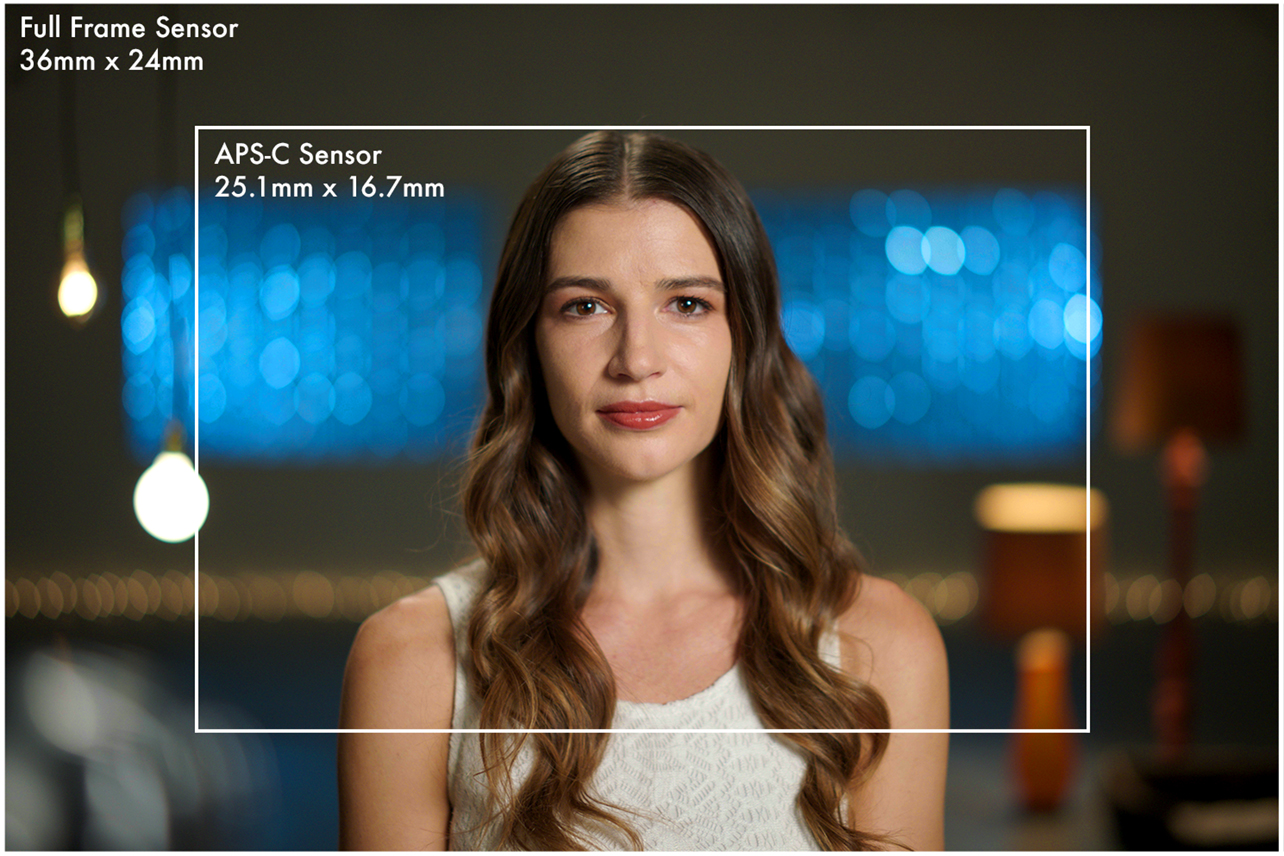
Sensor size and crop factor
This is the big one. Full frame sensors are larger, so they capture a wider field of view. You can take more of the scene in the frame, ideal for when you need to add a larger context to the picture. APS-C sensors have a crop factor—usually about 1.5x. That means if you use a 50mm lens on an APS-C camera, it behaves like a 75mm lens would on a full frame. Great for zooming in—not so great if you want wide-angle shots.
This impacts everything from composition to the type of lens you’ll want to use. Wide landscapes? Full frame has the edge. Wildlife where you want that extra reach? APS-C might be the ticket.
Detail and image size
Megapixels don’t make an image great on their own. Cameras with APS-C sensors will rarely, if ever, match the megapixel count from a full frame sensor, simply because the physics between them differ. That, unto itself, doesn’t mean a full frame camera is better by all accounts. For example, an entry-level full frame DSLR or mirrorless camera may not match the image quality of a high-end APS-C camera. The reasons vary beyond just the sensor size (i.e. processor, lens, etc.) but simply looking at the megapixel numbers misses context.
One advantage of having more megapixels in a full frame camera is the ability to crop in further when editing afterwards. Part of the reason why is that the image files are significantly larger. That helps when capturing a subject from further away, like a sporting event or wildlife, for instance. Bear in mind, though, that fewer megapixels may also mean better low-light output.
Image quality and low light performance
Full frame sensors generally perform better in low light because their larger size allows them to gather more light. That not only helps reduce noise and improve dynamic range, but you’ll also notice smoother gradients, richer colours, and better detail in shadows and highlights.
That said, APS-C sensors have come a long way. Modern cameras from Fujifilm, Canon, Nikon, and Sony can still deliver impressive results—even in less-than-ideal lighting. While dynamic range and noise control may not quite match full frame, many APS-C cameras today offer solid performance that’s more than enough for everyday photography and even some pro-level work.
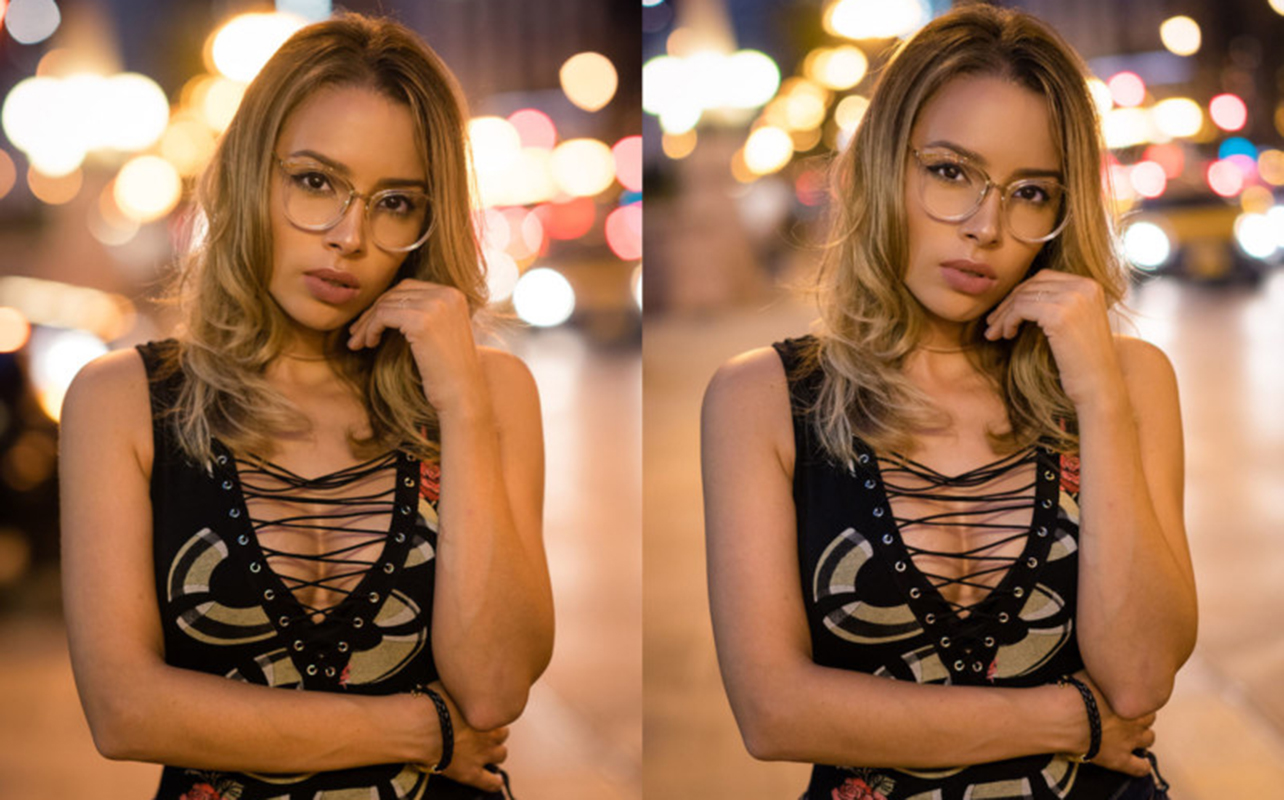
Depth of field and bokeh effects
If you’re after that creamy background blur (known as bokeh), full frame has the advantage. The larger sensor can capture a shallower depth of field to help isolate your subject more dramatically. Full frame cameras create bokeh by allowing more separation between the subject and background, especially when using fast lenses at wider apertures (like f/1.8 or f/1.4). The larger sensor captures a more exaggerated blur, creating that dreamy, professional look.
It’s not that APS-C can’t do bokeh—it absolutely can. But you may need faster lenses or more distance between your subject and background to get the same dreamy effect.
Lens compatibility and field of view
Full frame and APS-C cameras often use the same lens mounts—like Canon’s RF, Nikon’s Z, or Sony’s E-mount. But each system has lenses specifically designed for APS-C sensors. These are usually lighter and more affordable. You can use full frame lenses on APS-C bodies, but you’ll get that crop factor. Hence, a 24mm full frame lens on an APS-C camera behaves like a 36mm lens. Some wide-angle magic gets lost in translation. Meanwhile, APS-C-specific lenses won’t cover the full sensor area of a full frame camera. If you try it, you’ll likely see heavy vignetting (dark corners) or the camera will auto-crop.
Camera size and weight
Cameras with APS-C sensors are generally smaller and lighter than their full frame cousins. That’s why you’ll find a wider variance in camera size and design. If you’re travelling, hiking, or just don’t want to lug around a heavy kit, APS-C is a dream. Full frame bodies tend to be bulkier and heavier, especially when paired with large lenses. Still, mirrorless full frame cameras have shed some size in recent years—but they’re still not as compact as APS-C setups.
Cost
No sugar-coating it: full frame gear can be pricey. The cameras cost more, the lenses cost more, and your overall investment will be higher. A typical full frame camera body can run anywhere from $2,000 to $4,000 CAD—or more—before you even buy a lens. APS-C cameras offer great value, especially for beginners or hobbyists who want quality results without emptying their wallets. You can get a solid APS-C camera with a couple of lenses for under $1,500 CAD, sometimes even less if there’s a good deal.
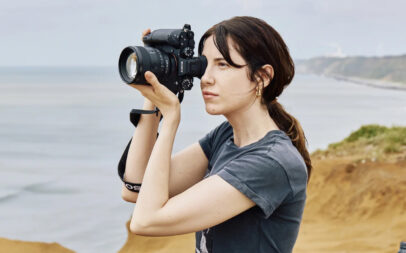
Learn tips on how to take great photos
If your shots often turn out blurry, overexposed, or awkwardly framed, this guide is here to help. We’ll break down essential photography tips—like composition, lighting, camera settings, and gear—so you can start taking better photos right away.
Which sensor is better for your needs?
This is where your personal style, goals, and budget come into play.
Full frame might be right for you if…
You shoot professionally or aspire to because full frame gives you more detail, better low-light performance, and creative control. You want the best image quality possible. You often shoot in low light, or you’re into portraits, products, events, weddings, or landscapes where detail and depth of field matter.
APS-C might be perfect if…
You’re travelling light, shooting on a budget, or getting into wildlife and sports where the crop factor actually helps because it gives you extra reach without needing a longer lens. It’s also a great pick for content creators, vloggers, and hobbyists who don’t need the bells and whistles of full frame. Many APS-C cameras offer more video-friendly features with smaller bodies that’s easier to carry.
Skill level matters too. Beginners might find APS-C more approachable and less intimidating—both in size and cost. Enthusiasts who want more control might be ready to explore full frame features. Pros already know what they need—but even pros keep an APS-C camera as a backup or lightweight option.
Is it worth upgrading from APS-C to full frame?
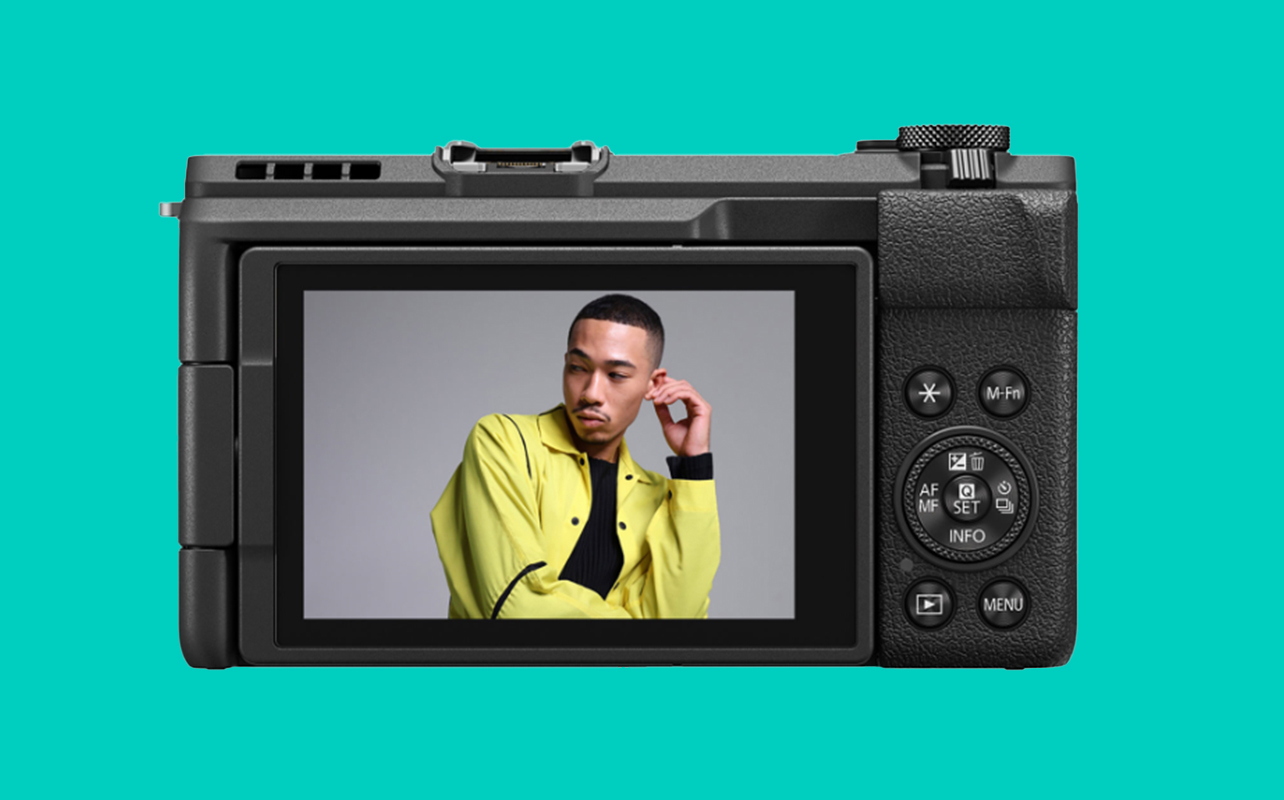
Thinking of moving up to full frame? It makes sense to consider an upgrade when you’ve hit the ceiling with your APS-C gear. You’re noticing limitations in image quality or low light performance. You’re taking on paid work and want to level up your kit.
But think it through. Upgrading isn’t just about the camera body—it often means new lenses, maybe a sturdier tripod, and other gear. Consider your shooting style. Do you really need shallower depth of field or better high ISO performance? Or could you get what you want with a better APS-C lens? Many photographers shoot both formats, depending on the job. You don’t have to ditch APS-C entirely just to go full frame.
Deciding on which is better
The full frame vs APS-C debate isn’t about which sensor is better. It’s about which one is better for you. Full frame sensors offer amazing image quality, superior low-light performance, and gorgeous background blur—but it comes with a higher price tag and bulkier gear. On the other hand, APS-C provides excellent quality, compact size, and great value, especially for beginners, travellers, or those shooting on a budget. No matter which direction you go, both sensor types can deliver stunning results with the right lenses and a bit of creative vision.
Still unsure? Browse cameras, camcorders, and drones page at Best Buy Canada to compare models, read reviews, and find the perfect match for your style.
This article was drafted using AI technology and then reviewed, fact-checked, and revised by a member of our editorial team.



